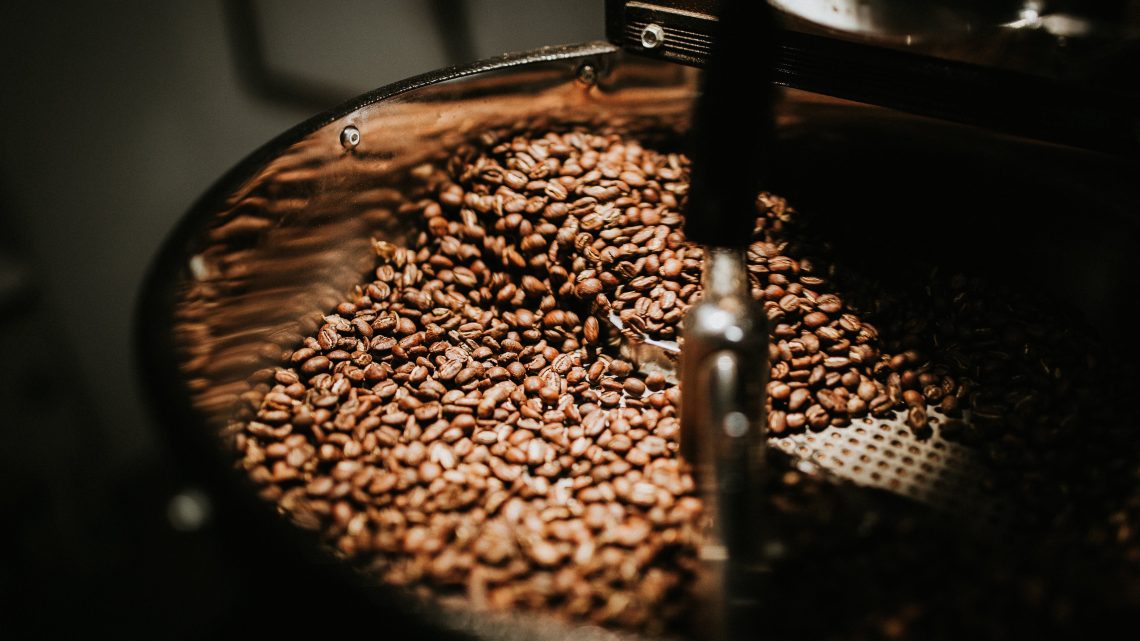Beyond the Grind: Unveiling the Secrets of Quality Coffee Beans and Their Impact on Your Daily Brew
For coffee enthusiasts and casual drinkers alike, the selection of beans is paramount to the overall experience. Quality coffee beans not only enhance the flavour and aroma of a brew but also play a pivotal role in the richness of the taste.
It’s not just about picking any bean, though. From their physical attributes to the regions they hail from, several nuances determine the calibre of a coffee bean.
Why Quality Matters
Good quality coffee beans are the cornerstone of an exceptional brew. Their superior characteristics directly influence taste, ensuring a vibrant aroma and rich flavour profile. In contrast, low-quality beans can diminish the coffee experience, introducing an undesirably bitter taste, blandness, or an overall unpleasant profile.
One of the most common brewing mistakes many coffee drinkers unknowingly make is using these inferior beans. Such a choice can drastically reduce the potential of even the most meticulously brewed cup.
It’s crucial to recognise and value the undeniable difference that high-quality beans bring to the table, ensuring every cup is a testament to excellence.
Physical Attributes of the Bean
When examining coffee beans, their physical attributes offer immediate clues about their quality.
Size and Shape: Look for uniformity. Beans that are consistent in size and shape generally indicate careful cultivation and processing. Uniform beans roast at the same rate, leading to a more balanced flavour in the brew.
Colour: The hue of the bean can be quite telling. Overly pale beans might be under-roasted, while extremely dark beans could be over-roasted. A medium to dark brown shade typically suggests a well-roasted bean, though the ideal colour can vary based on the type of coffee and its origin.
Surface Texture: Touch and inspect the beans. Quality beans that are freshly roasted might have a slight oily sheen, which is a sign of the bean’s natural oils coming to the surface. However, excessively oily beans could indicate over-roasting. On the other hand, completely dry beans might be stale or under-roasted.
Understanding these physical signs can greatly assist in distinguishing the superior beans from the mediocre.
Origin and Altitude
The birthplace of a coffee bean, both in terms of its geographical origin and the altitude at which it’s grown, plays a pivotal role in shaping its flavour and characteristics.
Beans sourced from various regions bring diverse subtleties to your recipes; the fruity undertones of African beans or the earthy notes from Asia introduce distinct palates that reflect their native landscapes. Moreover, altitude profoundly influences these beans.
Typically, coffee grown at higher altitudes matures slower due to cooler temperatures, allowing for a more concentrated flavour development. Such beans often boast brighter acidity, a more refined taste, and a cleaner finish.
Conversely, beans from lower altitudes mature faster, yielding bolder, more robust flavours. Recognising the interplay of origin and altitude can deepen appreciation for the intricate tapestry of tastes that different beans contribute to the cup.
Roasting Date
The roasting date of coffee beans is a crucial indicator of their freshness, and consequently, their flavour potency. Freshly roasted beans retain their vibrant aromas and intricate flavour profiles, ensuring a richer coffee experience.
Coffee beans typically hit their peak flavour between a few days to two weeks post-roasting, and consuming them within this optimal window is key to relishing the true essence of the coffee. In line with this, adhering to the importance of following best-before dates is equally vital, as these dates serve as a guide to ensure you’re enjoying the coffee at its freshest and most flavourful.
The Aroma Test
The aroma of coffee beans can be a revealing sign of their quality and freshness. Before brewing, take a moment to deeply inhale the scent of the beans. Quality beans will emit a strong, pleasant aroma, hinting at their flavour potential.
Moreover, by tuning into the nuances of the aroma, one can detect various undertones. Some beans might exude fruity notes, reminiscent of berries or citrus, while others could have a nutty or chocolaty depth. Detecting these undertones not only speaks to the richness and complexity of the beans but also provides a preview of the symphony of flavours awaiting in the brewed cup.
Taste Profile
The true testament to a coffee bean’s quality unfolds in its taste profile, primarily governed by three pillars: acidity, body, and flavour. Acidity doesn’t refer to the pH level but to a bright, sparkly, sparkly, tangy, mouth-watering quality. A coffee with high acidity will often have a taste profile reminiscent of certain fruits.
The body of the coffee relates to its weight or thickness on the palate, ranging from light and delicate to full and robust. Flavour encompasses the myriad notes and undertones detected in each sip, from floral to chocolaty. A well-balanced cup seamlessly marries these elements, ensuring no single trait overshadows the others, culminating in a harmonious coffee experience.










